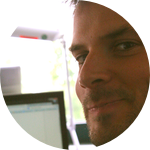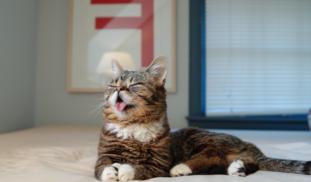Please wait...
About This Project
The LilBub Genome Collective
LilBub is a magical critter: she's a lovely cat with an extraordinary appearance. Her special traits are caused by alterations in her DNA. We want to find the cause of LilBub's appearance: we will sequence LilBub's genome and look for variants that could explain her unique looks. We will closely document every step of the process, from crowdfunding to experiments and analysis, and explain what we're doing as we're doing it.

Browse Other Projects on Experiment
Related Projects
Toward ethical and affordable antivenom solutions: Can anti-toxin be animal cruelty-free?
Snakebite envenoming causes over 100,000 deaths annually, yet current antivenoms depend on animal plasma...
Microplastics: Can engineered enzymes remove microplastics from the human body?
Polyethylene terephthalate (PET) microplastics have been detected in human blood and tissues, and linked...
Shutting down cancer’s recycling system with exosome-based therapy
Pancreatic cancer is one of the deadliest cancers because its cells survive by recycling their own components...



